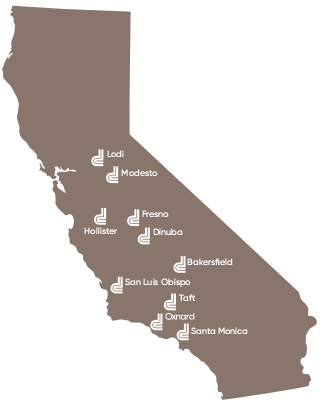When should I file a Notice of Loss?
If you suspect that you have a problem with smoke, high heat, or other damage in your vineyard you should open a “notice of loss”. It is going to be a busy year for the adjusters, and you want to get your inspection scheduled prior to harvesting. Just a reminder that a crop insurance claim does not affect pricing or non- renewals as with other types of insurance.
Do we have to have each variety tested prior to harvesting?
Not necessarily. See below for post-fermentation protocols. If you choose to test your fruit prior to harvest you need to test random samples of each variety in the vineyard. If you have multiple vineyard locations you must repeat the testing separately for those vineyards. The samples must be tested by an independent third-party lab, ETS is the most widely used, and exceed the minimum threshold as established by the RMA. An adjuster needs to see the fruit prior to harvest. If the damage is discovered after harvest and the adjuster was not given the opportunity to inspect, there could be an issue with coverage.
Are micro-ferments an option to testing for smoke taint?
Yes, micro-ferments have been approved for the identification of smoke taint levels for crop insurance claims. It is also believed that this is a more predictable way of determining the ultimate impact on the finished wine. Another advantage is that once the lab receives the samples it is usually a few days turn around for results.
If we harvest and ferment the fruit and smoke taint shows up post-fermentation can we still file a crop insurance claim?
Yes, if you have filed a “notice of loss” and the fruit was not commingled with other growers’ fruit in the fermentation process. With documentation in the form of weight tags and post-fermentation lab results you can file a crop claim for the tainted fruit. There is no coverage for the winery’s expenses in processing and fermenting the fruit.

